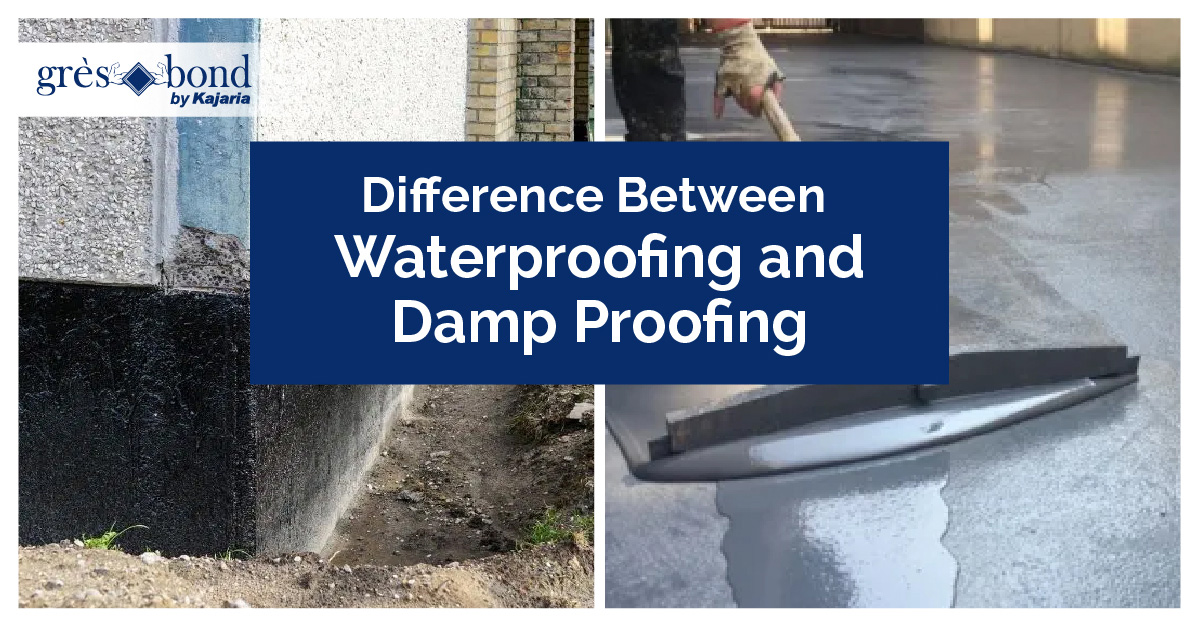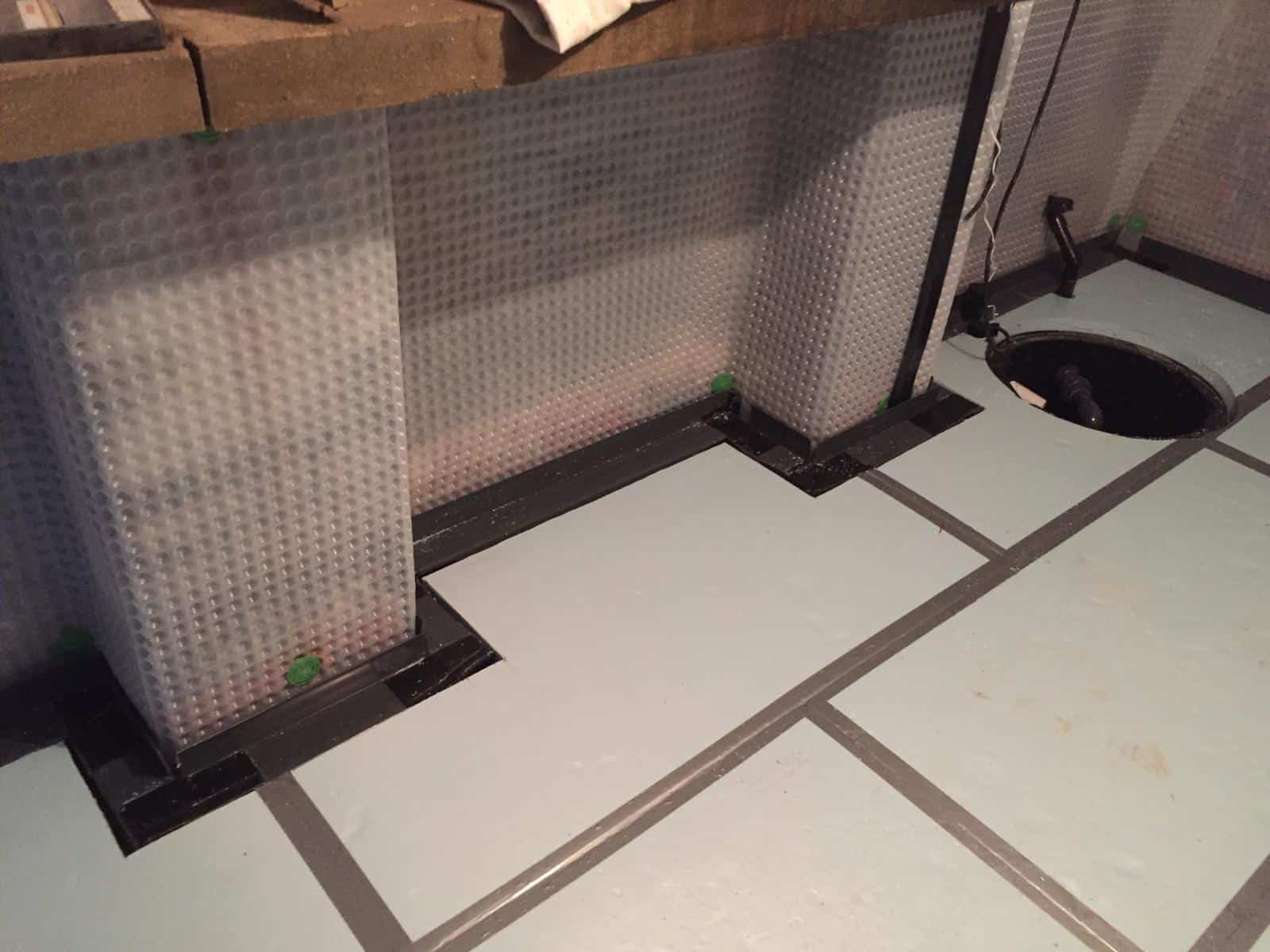Expert-approved tips for damp specialist newcastle to maintain your building's integrity
Expert-approved tips for damp specialist newcastle to maintain your building's integrity
Blog Article
Exploring the Various Methods and Solutions for Effective Damp Proofing
Wetness in structures presents considerable challenges to both architectural stability and interior air top quality. Numerous techniques and services have actually arised to battle this pervasive concern. From typical damp-proof membrane layers to innovative chemical treatments, each approach uses unique benefits. Recognizing these choices is necessary for efficient wetness control. Nevertheless, selecting the appropriate remedy depends on certain structure conditions and needs, prompting additional exploration into the most reliable moist proofing approaches offered.
Comprehending the Causes of Moisture
Wetness can arise from numerous sources, comprehending these causes is essential for efficient remediation. Typically, wetness stems from 3 key resources: rising damp, permeating moist, and condensation. Rising moist takes place when groundwater travels upwards via permeable materials, such as brick or stone, commonly as a result of a lack of an efficient barrier (mould removal newcastle). Permeating wet is usually triggered by external elements, including roofing leaks, malfunctioning gutters, or damaged walls, permitting water to infiltrate a residential or commercial property. Condensation, on the other hand, results from excess wetness in the air, commonly exacerbated by inadequate air flow and temperature distinctions, resulting in water droplets basing on surface areas. Determining these underlying issues is essential, as each sort of moisture needs a customized method for remediation. Correct analysis aids in establishing one of the most reliable services, inevitably safeguarding the structural integrity of a building and boosting interior air quality
Typical Damp-Proof Membrane Layers

Chemical Damp-Proofing Solutions
Chemical damp-proofing options supply a cutting-edge method to preventing wetness invasion in buildings. These techniques normally involve the application of fluid chemicals that penetrate masonry and develop an obstacle against rising wet. Typically made use of chemicals include silanes, siloxanes, and other water-repellent agents that react with surface area materials to create a hydrophobic layer.The application procedure normally needs boring openings into the walls, infusing the chemical solution, and allowing it to treat. This technique is especially helpful for older structures where conventional damp-proof membranes may be unwise. Chemical damp-proofing can be much less disruptive and extra affordable than comprehensive restoration projects.While effective, these remedies depend on correct application and environmental conditions for peak performance. mould treatment newcastle. Regular maintenance and surveillance are necessary to ensure the durability of the damp-proofing treatment. On the whole, chemical damp-proofing represents a versatile option for guarding structures versus moisture-related damage
Cavity Wall Surface Building Methods
Dental caries wall building strategies provide many benefits, especially in dampness control and energy performance. By integrating an air space in between 2 layers of stonework, these wall surfaces properly alleviate water access while boosting insulation. This combination not only secures frameworks from wetness but likewise adds to reduced energy intake.
Advantages of Cavity Walls
When thinking about reliable wet proofing methods, the advantages of cavity walls attract attention plainly. Cavity walls consist of two separate layers, producing an air void that effectively reduces moisture penetration. This design reduces the danger of dampness, as the outer wall acts as a barrier against rain and water ingress. Additionally, cavity walls improve thermal insulation, which contributes to energy performance by reducing warmth loss. They additionally give audio insulation, assisting to produce a quieter indoor environment. The air space allows for ventilation, which helps in wetness control and minimizes the possibility of mold development. These benefits not just enhance the overall comfort of a building yet likewise add to its durability and architectural stability.
Wetness Control Techniques
Efficient dampness control strategies are vital in dental caries wall surface building and construction to assure lasting defense versus dampness. One key approach includes the incorporation of weep holes, which promote water drainage from the tooth cavity, stopping accumulation. Furthermore, making use of breathable membranes can aid take care of moisture levels while enabling trapped vapor to run away. Appropriate placement of insulation is also important, as it ought to not block water drainage paths. Guaranteeing that the outer fallen leaves of the dental caries wall surface are built with water-resistant materials enhances overall resilience. Normal maintenance checks are necessary to identify any blockages or damage early, guarding the structure's integrity. Ultimately, a combination of these strategies creates a durable protection against dampness breach in dental caries wall surfaces.
Insulation and Power Performance
Insulation plays an essential function in enhancing energy efficiency within cavity wall surface construction. By incorporating insulating materials, these wall surfaces produce a thermal barrier that decreases warm loss and lowers power usage. Efficient insulation not only helps preserve a secure indoor temperature level but likewise reduces the danger of moisture, as it protects against condensation within the wall cavity. Different methods, such as the usage of stiff foam boards or mineral woollen, can be utilized to achieve ideal insulation performance. Additionally, correct setup is vital to ensure that gaps and gaps are reduced, which can otherwise compromise power efficiency. Ultimately, a well-insulated tooth cavity wall surface contributes considerably to overall sustainability click here and reduces heating and cooling costs for property owners.
External Damp Proofing Approaches
External moist proofing approaches are crucial for securing frameworks from moisture infiltration. 2 efficient techniques consist of the application of water-proof membrane layers and the installation of French drains. These solutions aid alleviate water build-up and preserve the stability of structures.
Waterproof Membrane Application
While various techniques exist for preventing dampness ingress, the application of water resistant membranes continues to be a highly efficient external wet proofing technique. These membrane layers are commonly made from materials such as polyethylene, rubber, or modified bitumen, supplying a durable barrier versus water penetration. The setup process entails using the membrane layer to the exterior surfaces of wall surfaces or structures, guaranteeing full protection to stop leakages. Proper bond and securing at joints are essential to making the most of performance. Water-proof membrane layers can be used in numerous kinds, consisting of fluid layers and sheet membrane layers, permitting adaptability based upon the details needs of the framework. This approach not just shields structures from dampness but also enhances their longevity and structural integrity.
French Drain Setup
One efficient technique for handling groundwater and stopping wetness build-up around a building's foundation is the installation of a French drain. This drainage system includes a trench filled with gravel and a perforated pipe that reroutes surface area water away from the foundation. Appropriate installment needs mindful preparation, ensuring that the drain inclines away from the structure to promote excellent water circulation. In addition, the place of the drain is vital; it needs to be placed in locations susceptible to merging or excess moisture. Regular maintenance, consisting of cleaning debris from the gravel and ensuring the pipeline remains unhampered, is necessary for long-term performance. Ultimately, a well-installed French drainpipe can significantly decrease the threat of water-related problems in foundations and basements.
Interior Waterproofing Methods
Interior waterproofing strategies are essential for safeguarding a building's interior from dampness seepage and prospective water damage. These methods generally involve the application of specialized products and strategies developed to produce a wetness barrier within the structure. One usual method is the usage of water resistant coatings or sealants on wall surfaces and floorings, which avoid wetness from passing through surfaces.Additionally, setting up indoor drainage systems, such as sump pumps, can efficiently handle water buildup in cellars and crawl spaces. One more approach involves using vapor barriers, which are set up to hinder moisture motion from the ground into living spaces.Moreover, resolving any fractures or spaces in wall surfaces or structures with ideal sealants guarantees a detailed defense against water intrusion. By carrying out these indoor waterproofing strategies, building proprietors can greatly reduce the risk of mold and mildew development, architectural damages, and various other moisture-related problems. Appropriate execution of these techniques is vital for long-term security and building stability.
Routine Upkeep and Assessment Practices
Routine maintenance and examination techniques are crucial for assuring the lasting efficiency of moist proofing solutions in any structure. Routine checks enable home owners to recognize early indications of moisture intrusion, such as peeling off paint, mold and mildew growth, and musty smells. These signs can signal underlying concerns that need immediate attention.Inspections need to be conducted at the very least annually, concentrating on at risk areas like basements, crawl areas, and exterior wall surfaces. Throughout these assessments, home proprietors must check out sealers, water drainage systems, and air flow to verify they operate correctly.Additionally, keeping rain gutters and downspouts is necessary, as blocked systems can result in water accumulation near the structure. Executing a normal maintenance routine, along with timely fixings, can substantially extend the life-span of wet proofing procedures and protect the structural integrity of the structure. Positive steps ultimately add to the overall health and wellness of the living setting.
Often Asked Inquiries
For How Long Does Damp Proofing Typically Last?
The period of damp proofing effectiveness differs, commonly lasting between 20 to 50 years. Factors such as application quality, ecological problems, and maintenance practices considerably affect the durability of the damp proofing treatment.

Can I Damp Proof My Home Myself?
The private pondered the expediency of DIY damp proofing. With appropriate research and the ideal materials, it is possible. Nonetheless, they likewise identified the significance of expert assistance to guarantee durable performance and avoid future issues.
What Are the Signs of Ineffective Damp Proofing?
Indications of inadequate damp proofing include consistent moldy smells, noticeable mold growth, peeling off paint, wet spots on walls, and wood degeneration - mould treatment newcastle. Home owners should deal with these problems promptly to avoid additional damage and health and wellness worries
Does Damp Proofing Affect Indoor Air Quality?

Just How Much Does Expert Damp Proofing Cost?
Expert damp proofing prices vary considerably, typically varying from $1,000 to $5,000 depending on the residential or commercial property's dimension, the extent of the moist problem, and picked methods. Each situation needs a customized assessment for accurate prices. Typically, moisture stems from three primary sources: climbing damp, passing through moist, and condensation. When considering effective damp proofing techniques, the benefits of tooth cavity wall surfaces stand out plainly. Exterior moist proofing techniques are crucial for safeguarding frameworks from moisture infiltration. While numerous techniques exist for stopping moisture access, the application of waterproof membrane layers stays a highly reliable exterior moist proofing strategy. Indications of ineffective moist proofing consist of persistent musty odors, visible mold growth, peeling off paint, moist spots on wall surfaces, and timber degeneration.
Report this page